The Plasma Universe is a term coined by Nobel Laureate Hannes Alfvén to highlight the importance of plasma throughout the Universe. See how much you think you know about cosmic plasma below, and then check out our articles, images and the Plasma Universe Timeline. Note: Some of the theories on this site form the cornerstone of plasma astrophysics. Other theories contradict the generally accepted view (qv). This site merely attempts to describe them, citing peer-reviewed references where available.
1: What is plasma?
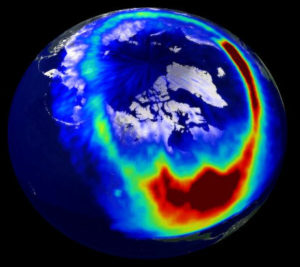
2: Where is plasma?
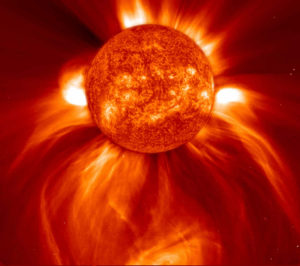
The visible Universe is 99.999% plasma. The Sun is about 100% plasma, as are all stars. Plasma makes up nearly 100% of the interplanetary, interstellar and intergalactic medium. The Earth’s ionosphere is plasma.
3: Why is plasma so?
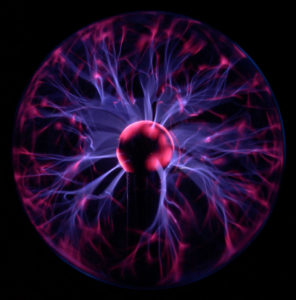
Plasma react very strongly to electromagnetic forces, and is the dominant force in many cosmic plasmas, e.g. stellar surfaces, active galactic nuclei, and, interplanetary, interstellar and intergalactic space.[1]
4: Electrified plasmas
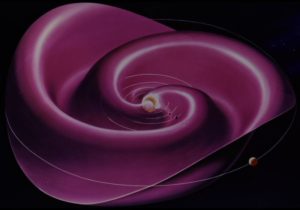
Space plasma moving through a magnetic field generates its own electric current, can act as a unipolar inductor, and it conducts electricity better than metals, e.g. the heliospheric current sheet above, and Birkeland currents.
5: Plasma filaments
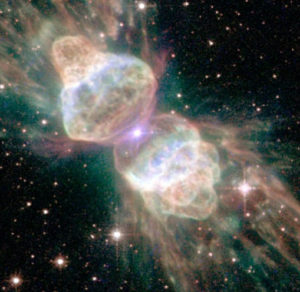
Magnetic fields from electric currents make a plasma pinch in the ant nebula above, and constricting filaments in a plasma ball and lightning bolts; they also constrict particle beams seen in astrophysical jets.
6: Galaxy simulation
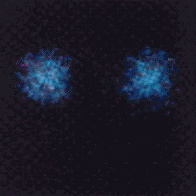
Computer simulations of two interacting Birkeland currents with plasma clouds trapped in parallel magnetic filaments simulate evolving galaxy formations, without the need for dark matter and black holes!
7: Dusty plasmas
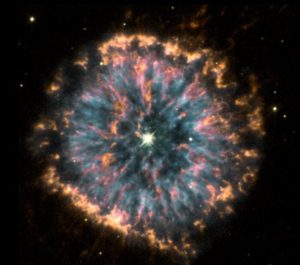
A gas as little as 1% ionized may behave as a plasma (e.g. the ionosphere). In addition to light and friction, dust and grains are charged inside a plasma, and behave as one, such as the Glowing Eye Nebula, above.
8: Quasi-neutrality
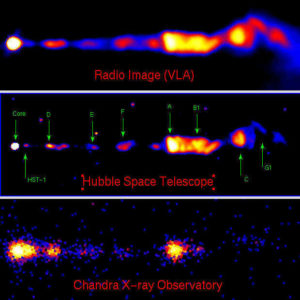
The quasi-neutrality of plasmas, means they tend overall to be electrically neutral. But plasmas can also violate quasi-neutrality, producing charged regions in double layers and particle beams, such as in M87’s jet, above.
9: From lab to space
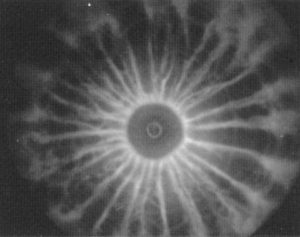
Research derives from laboratory experiments, such as the dense plasma focus above, with pioneers such as Kristian Birkeland, Hannes Alfvén, Winston H. Bostick. Compare this image with the Glowing Eye Nebula, far left
10: Types of Plasmas
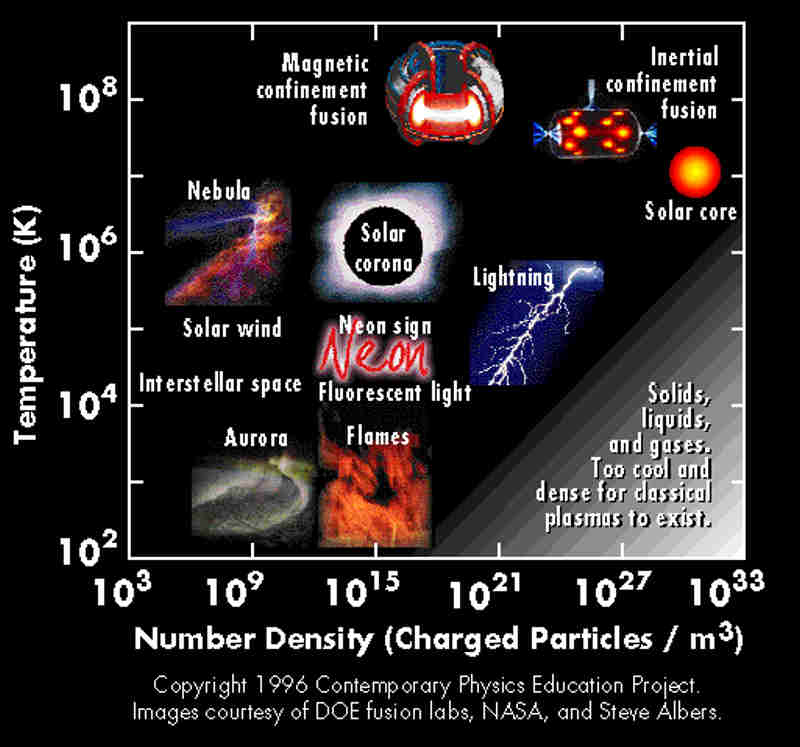
Plasmas vary according to temperature and density,
and have characteristics that scale over many orders of magnitude.
Image copyright Contemporary Physics Education Project
and have characteristics that scale over many orders of magnitude.
Image copyright Contemporary Physics Education Project